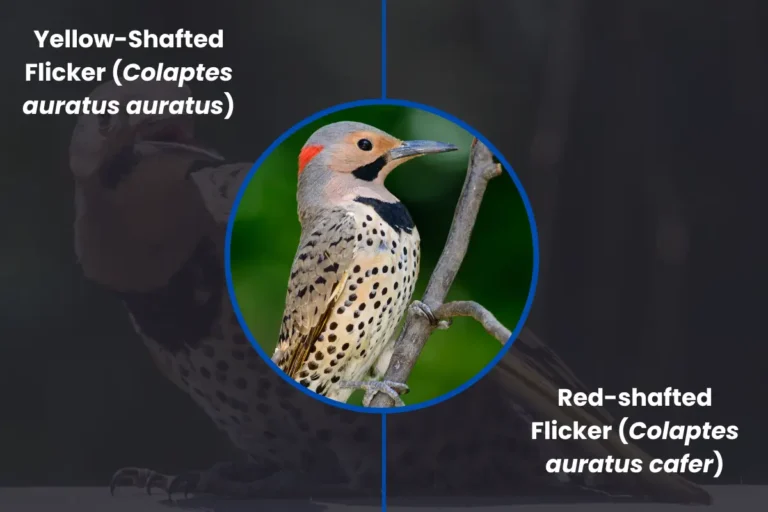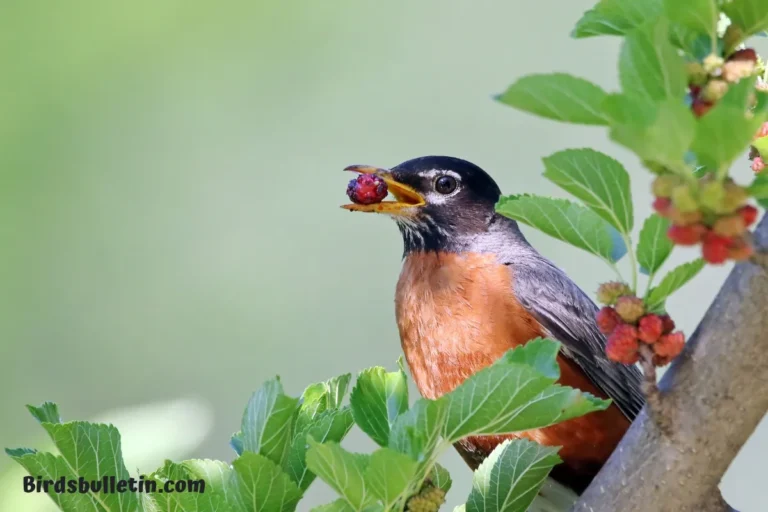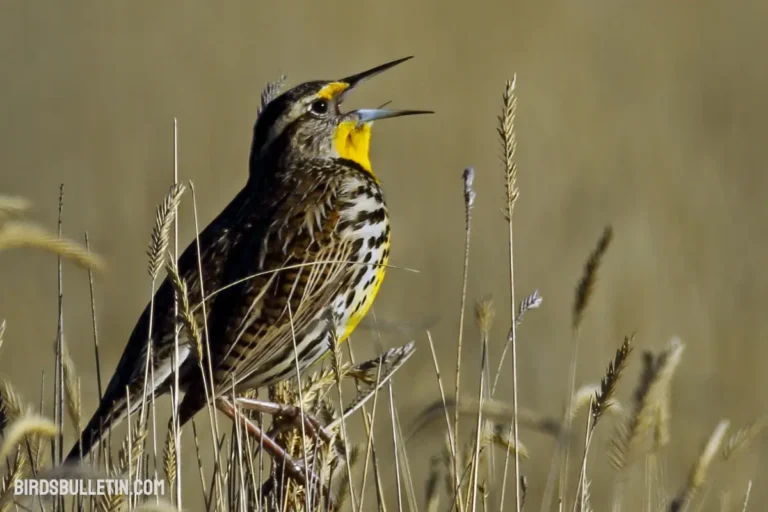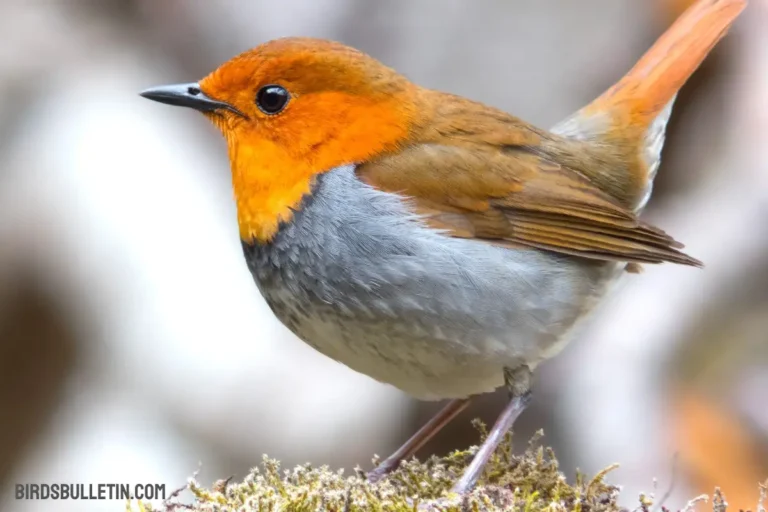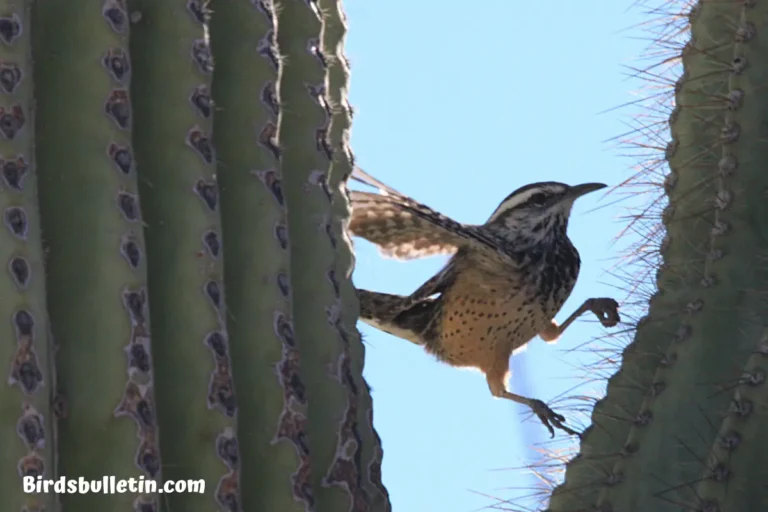Lagopus Lagopus Okadai Overview
The Okada’s willow ptarmigan is a localized subspecies of willow ptarmigan found only on Sakhalin Island in the Russian Far East. Endemic to this remote island, Okada’s ptarmigan is specially adapted to the maritime climate and habitat found there. Despite its limited range, the subspecies remains common within its habitat.
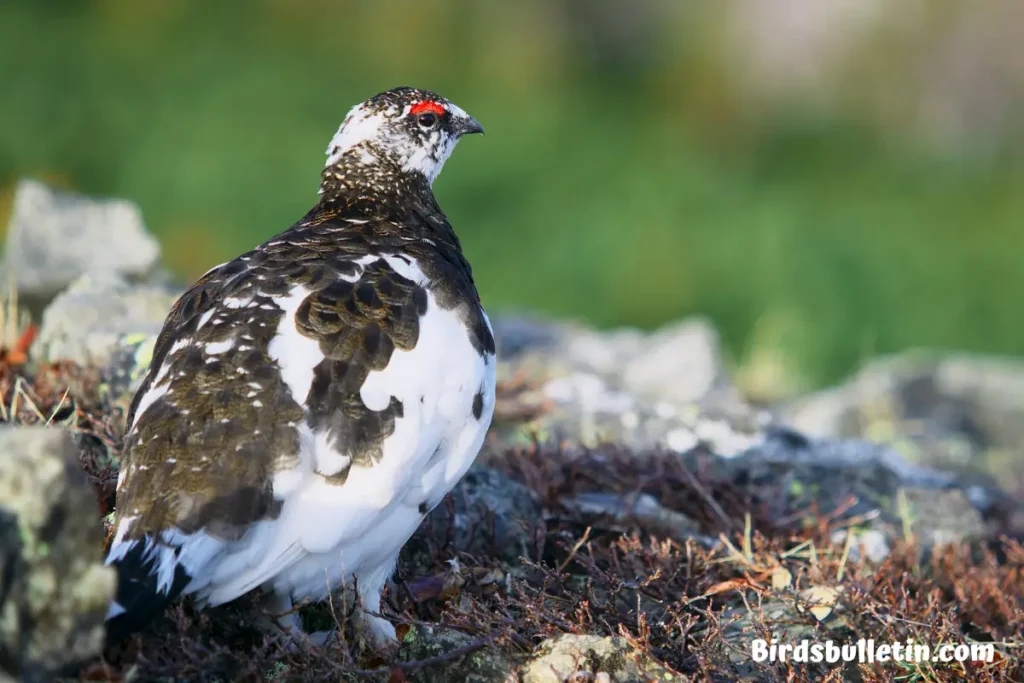
Looking for more overview about bird subspecies:
Scientific Classification
- Kingdom: Animalia
- Phylum: Chordata
- Class: Aves
- Order: Galliformes
- Family: Phasianidae
- Genus: Lagopus
- Species: L. lagopus
- Subspecies: L. l. okadai
Okada’s willow ptarmigan is one of 16 recognized subspecies of the circumpolar willow ptarmigan species. It is geographically isolated from other subspecies.
Identification
Okada’s willow ptarmigan is moderate-sized with mottled brown, black, and white plumage providing year-round camouflage. In winter plumage, its feathers are white except for the black tail. It is distinguished from other subspecies by darker gray summer plumage and lighter coloration on its wings.
Location
Okada’s willow ptarmigan is endemic to Sakhalin Island, Russia located north of Japan. It occupies alpine and tundra habitats across the island.
Interesting Facts
- Ptarmigan chicks are precocial, able to feed independently soon after hatching.
- Males perform aerial displays during breeding season as part of courtship rituals.
- Ptarmigan feeds on buds and twigs of willow, birch, and dwarf pine.
- Their camouflaged plumage provides year-round concealment from predators.
- Okada’s ptarmigan is named after Japanese ornithologist Nagamichi Okada.
Status And Conservation
Okada’s willow ptarmigan has a very limited global range as it is found only on Sakhalin Island. However, within that range, it remains relatively common and the population is believed to be stable.
Major threats have not been identified. It is classified as Least Concern on the IUCN Red List. Maintaining an intact habitat will be key for protecting this island endemic.
Frequently Asked Questions
01. How did Okada’s willow ptarmigan become endemic to Sakhalin Island?
Geographic isolation on Sakhalin Island allowed this subspecies to evolve independently and become genetically distinct from other willow ptarmigans. Sea barriers prevent interbreeding with other populations.
02. Why does Okada’s ptarmigan have lighter wing coloration?
The lighter wing coloration is thought to be an adaptation to the foggy maritime climate of Sakhalin Island, providing better camouflage against the typical background.
03. What ecological role does Okada’s ptarmigan fill on Sakhalin Island?
As a ground-nesting species feeding on buds and shoots, Okada’s ptarmigan impacts vegetation structure. It also serves as prey for Sakhalin’s predators like foxes, contributing to the island’s food web.
Summary
Endemic to Sakhalin Island in Far East Russia, Okada’s willow ptarmigan is a little-studied subspecies with unique island adaptations. With a stable population and no major threats, conservation efforts for Okada’s ptarmigan should focus on preserving its specialized island ecosystem.


